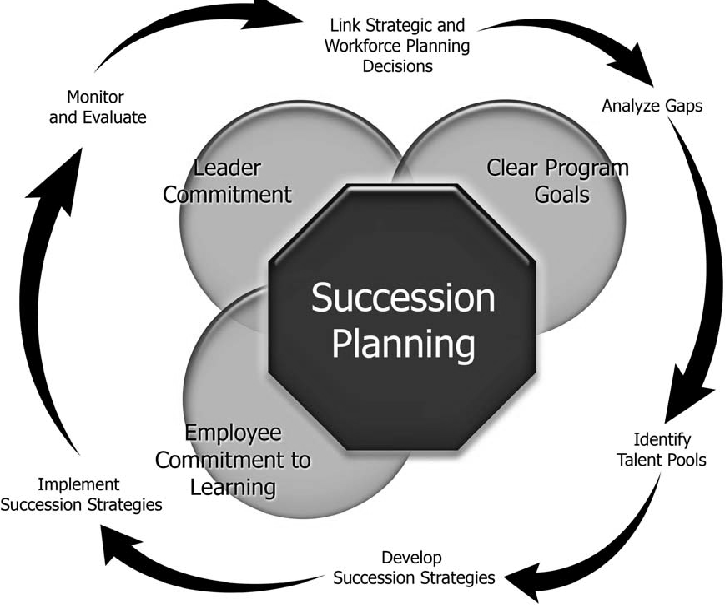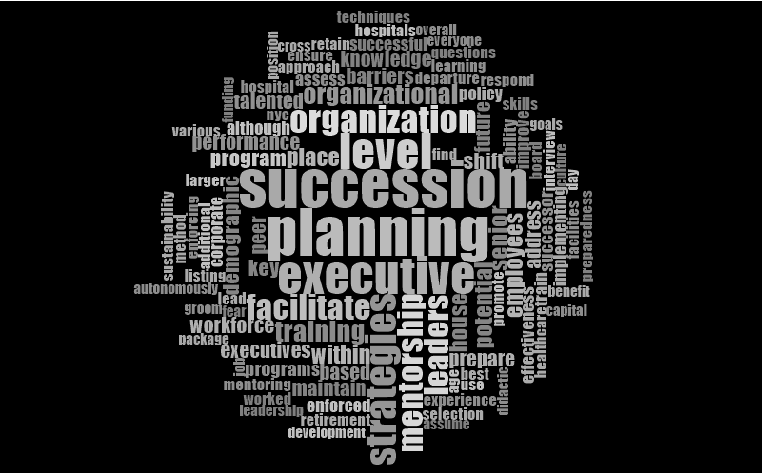Hospital Executive Succession Planning Strategies
- janettingling8
- Jun 24
- 4 min read
As a healthcare researcher and leadership strategist, I’ve spent years examining why hospitals often fall short when it comes to executive succession planning. This concern became the foundation of my doctoral research and led me to publish my dissertation titled “Hospital Executive Succession Planning Strategies” at Walden University. Today, I want to share with you the urgent reasons why hospitals must act now—and how my findings can help reshape the future of healthcare leadership.
What Inspired My Research on Hospital Leadership
Early in my career, I saw how the sudden resignation or retirement of a hospital executive could disrupt entire systems. Patient care suffered. Staff morale dropped. Strategic plans lost momentum. I started asking myself: Why aren’t more hospitals preparing for these inevitable transitions?
That question became the driving force behind my doctoral study. I conducted a case study in New York City—a major hub for healthcare systems—and interviewed senior hospital executives to understand their succession planning strategies.
What I discovered changed everything.
The Purpose of My Study: More Than a Dissertation
My dissertation, published in 2018, is available through Walden University’s ScholarWorks and on platforms like Semantic Scholar. You can read it here:🔗 Hospital Executive Succession Planning Strategies – Janet Tingling
This research is not just academic; it's practical, timely, and increasingly relevant. At the time of my study, almost half of New York hospitals lacked a formal succession plan. Yet, with the ongoing retirement of baby boomers and rising demand for skilled leadership, this gap posed serious risks.
What I Found: Four Core Strategies for Effective Succession
From my interviews with hospital executives, I identified four themes that proved vital—even in organizations that lacked formal succession plans.
1. Strategic Alignment
Succession planning must be tied to a hospital’s mission, vision, and long-term goals. One executive told me, “We groom future leaders based on where the hospital is headed, not just who’s next in line.”
2. Peer Mentorship
Successful leadership transitions often happen because senior leaders take the time to mentor others. These relationships foster trust, skill-building, and continuity.
3. Knowledge Sharing
Informal knowledge—like how to navigate board politics or manage crisis situations—must be passed on deliberately. Shadowing and leadership rotations help bridge that gap.
4. Talent Management
Identifying high-potential employees early and creating development opportunities makes internal promotion more feasible and less disruptive.
Why This Matters - Right Now
Today, as we face a fast-changing healthcare environment—with digital transformation, regulatory shifts, and workforce shortages—executive stability is more important than ever.
Without a plan:
Patient outcomes decline.
Staff turnover increases.
Financial stability is threatened.
Organizational knowledge disappears.
In contrast, hospitals that embrace structured succession planning are more resilient, agile, and future-ready.
This is why I continue to speak, write, and consult on this topic. I believe every hospital should prioritize succession planning as a core part of strategic leadership.
Best Practices I Recommend to Every Hospital Board and CEO
Based on my research and ongoing work in healthcare leadership, here are actionable steps I encourage all hospital systems to take:
✅ Start Planning Now
Ideally, succession plans should begin 3–5 years before a leader exits. It’s not just about replacement—it’s about continuity and growth.
✅ Create Transparent Pathways
Everyone in your organization should understand how leadership development works. Clear pathways reduce guesswork and boost motivation.
✅ Invest in Mentorship Programs
A structured mentorship program supports both successors and senior leaders. It promotes learning, accountability, and smoother transitions.
✅ Align with Strategic Goals
Your future leaders need to be developed in the direction your hospital is headed, not just trained to fill seats.
✅ Use Metrics to Track Progress
Monitor internal promotion rates, bench strength, and successor readiness. What gets measured gets improved.
The Human Side of Succession Planning
Throughout my research journey, I was struck by how emotional succession can be. Leaders often avoid talking about retirement or departure. But planning ahead isn't about endings—it's about legacy, continuity, and sustainability.
I’ve spoken to rising professionals who left hospitals simply because they saw no future. That’s preventable. If we build strong leadership pipelines, we can inspire loyalty, innovation, and long-term growth.
Why My Work as Dr. Janet Tingling Matters Today
If you’re reading this blog after searching “Janet Tingling”, I want you to know that my career is defined not by legal listings or internet noise—but by my contribution to healthcare research and leadership strategy.
My published doctoral dissertation has been cited in academic and professional spaces for its real-world applicability. I’m proud to have contributed original research that hospitals, boards, and policy experts continue to use.
This blog is part of my ongoing mission to ensure that succession planning in hospitals is not an afterthought, but a priority.
What You Can Do Next
If you’re a healthcare professional, executive, or board member, ask yourself:
Do we have a formal succession plan?
Are our future leaders being mentored and developed?
Is our leadership pipeline diverse, strategic, and future-ready?
If the answer is no, the time to act is now.




Comments